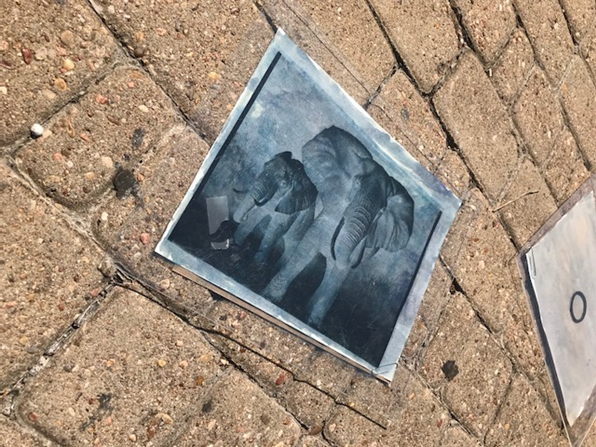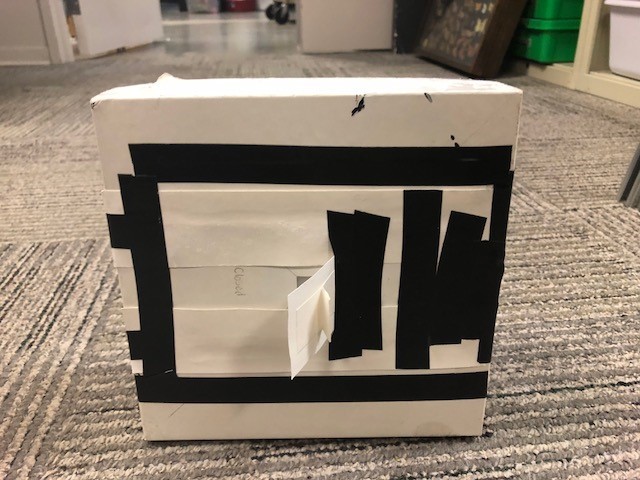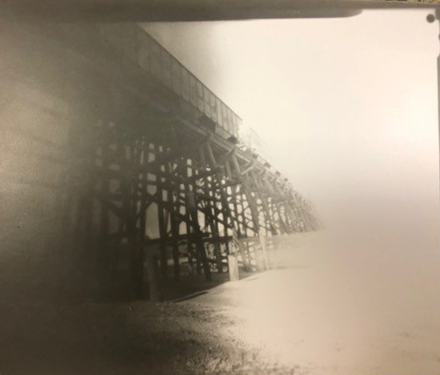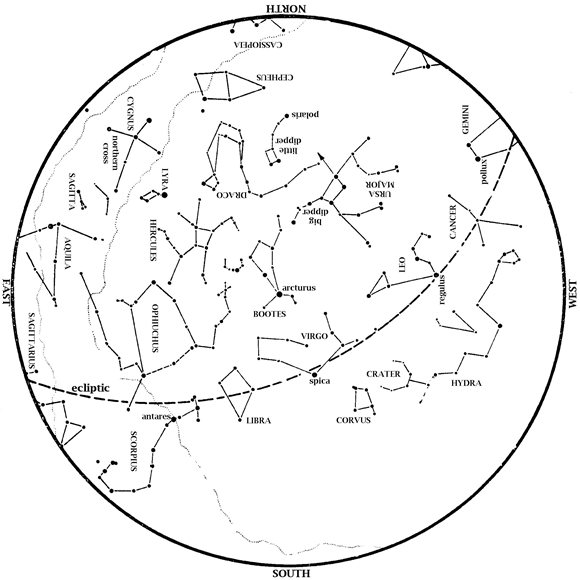We are a culture obsessed with photography. We are constantly documenting the ins-and-outs of our day-to-day lives with the help of our ever present Smartphones. What once was an expensive and technical undertaking, practiced almost exclusively by professionals, is now accessible to all people … anytime, anywhere. As such, a good portion of the artistry and fascination that was historically associated with photography has waned. It is an unfortunate side effect of technology, I suppose.
That being said, the Museum is doing its part to revive the fascination and creativity that has long been associated with photography and the photographic processes. This summer, campers participating in our Freeze Frame summer camp were able to experience the rich history of photography by engaging in hands-on projects focused on these early photographic processes.
Let’s explore some of the fun!
The Photogram
Did you know that you don’t need a camera or a Smartphone to take a picture? That’s right! The photogram is an example of a camera-less picture. Photograms are produced by placing objects directly on a photographic emulsion and exposing it to light. The results look more like x-rays than traditional pictures, but are quite compelling to look at. Creating photograms was a relatively unknown process until it was “rediscovered” in the 1920’s by Man Ray. Man Ray, an American visual artist, claimed to have invented the process. It was a totally bogus assertion, as the process predated him by many years.
The Cyanotype Print
The process for producing a cyanotype is basically the same as that of the photogram. A UV sensitive emulsion is applied to paper or other porous surface and allowed to dry. The object or negative is then applied directly to the paper and exposed to UV light. In our case, we used sunlight. When the exposure time is complete, the paper is fixed by rinsing it in cool water. The final result is a beautiful Prussian blue or cyan colored print.
Campers spent time experimenting with creating cyanotypes in several different ways. They first tried the process using store-bought paper. They then moved on to mixing the chemicals themselves and applying them to various substrates, such as paper and fabric. The results were amazing!
 Experimenting with store-bought paper
Experimenting with store-bought paper
 Experimenting with fabric substrates
Experimenting with fabric substrates
Pinhole Cameras
Pinhole cameras, one of the earliest incarnations of the camera, are based on the principles of the camera obscura. The camera obscura works when light travels through a tiny hole in a dark box or room to project a picture onto a surface. When photosensitive paper is added to the camera, that projected image can be recorded as a picture.
Our campers made their own pinhole cameras using run-of-the-mill cardboard boxes. They aren’t pretty, but they work just fine. Once they finished assembling their cameras, they placed photosensitive paper inside. They then ensured all light leaks were covered to prevent exposing the paper prematurely. Once an item of interest to photograph was chosen, they opened the shutter exposing the paper to light. When the exposure time was complete the shutter was closed tight and it was off to the darkroom to develop their prints. The pinhole pictures had a very ethereal quality to them and I think they turned out well.
 Simple pinhole camera made by a camper
Simple pinhole camera made by a camper
 Picture taken using the pinhole camera
Picture taken using the pinhole camera
Well, it’s time for me to sign off. I hope you’ve enjoyed the trip through photographic time with me! If you are a fan of photography, the Museum has two outstanding photography exhibits. Microsculpture: The Insect Photography of Levon Biss and Wildlife Photographer of the Year are both currently on exhibition. Come check out some amazing photographic talent and perhaps find some inspiration for your own photographic adventures!









